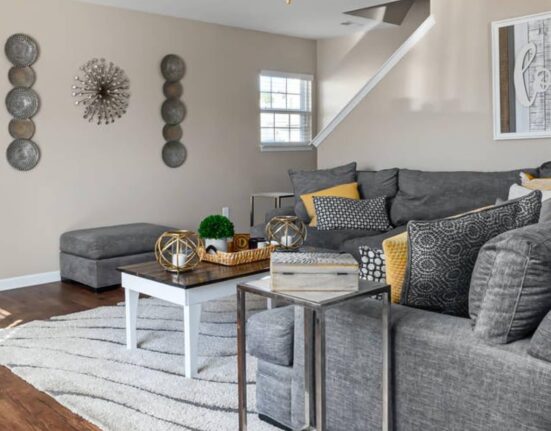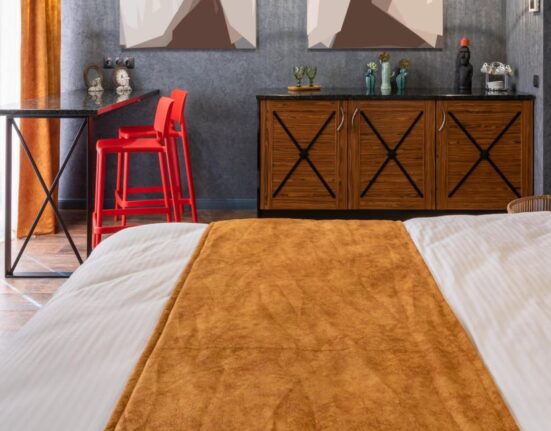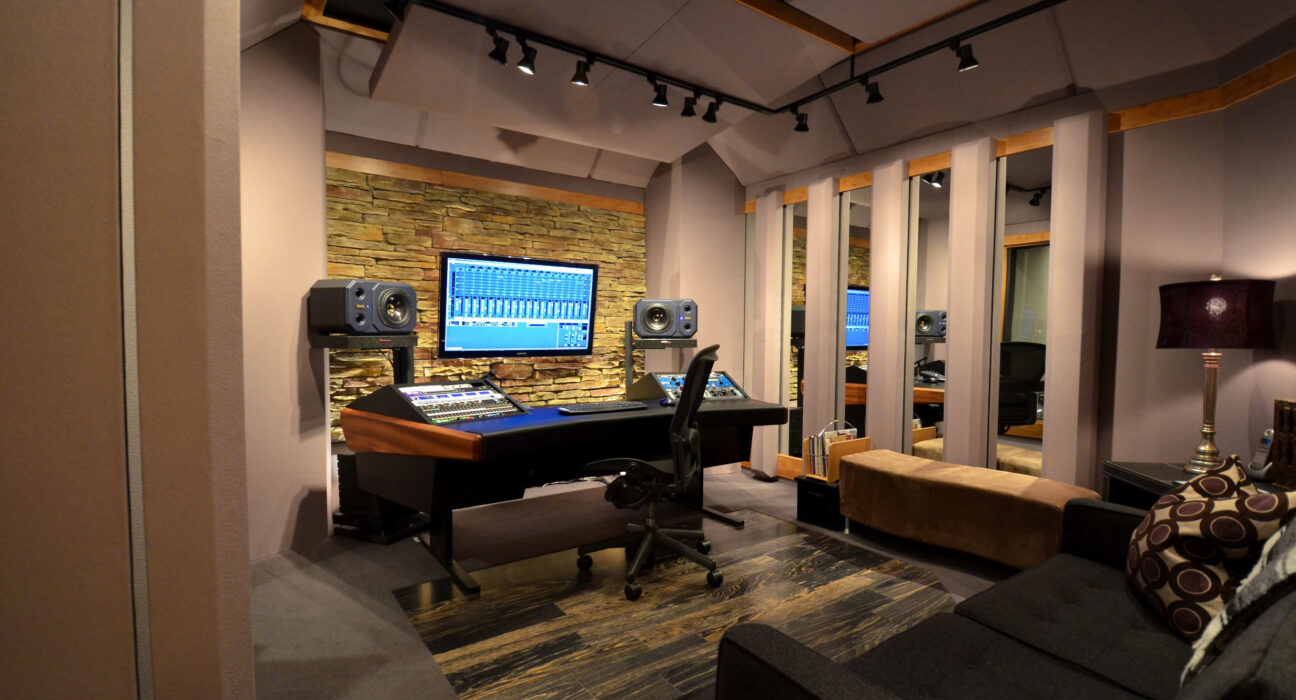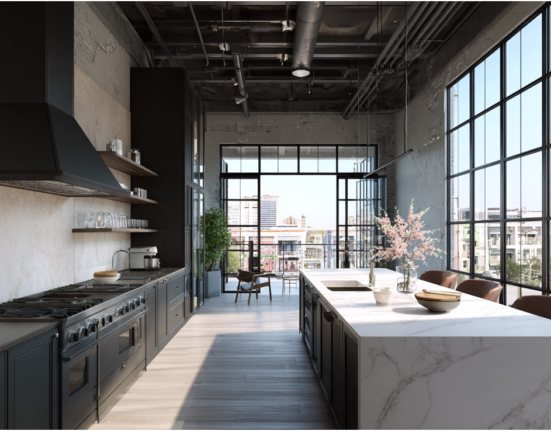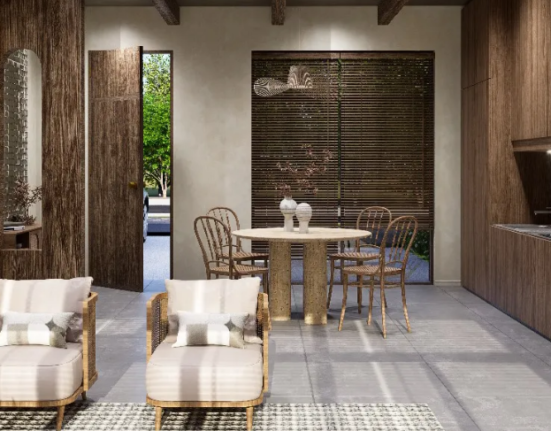Maria had always dreamed of living in the heart of the city. She imagined a life of convenience, with trendy cafes on every corner and vibrant energy filling the streets. But reality set in when she finally moved into her new studio apartment. The space was small—much smaller than she had anticipated. The kitchen, living room, and bedroom were all squeezed into a single, compact area. At first, it felt chaotic, almost claustrophobic. She didn’t know where to start. Could such a tiny space ever feel like home? Determined to create a functional yet stylish retreat, Maria embarked on a journey to master the art of studio room design. This article will guide you through the key strategies and design principles she used to transform her small apartment into a cozy, efficient sanctuary.
Understanding Studio Room Design
A studio room, typically a single-room apartment, presents a unique challenge in interior design. With all living functions—sleeping, cooking, eating, and relaxing—in one open space, the goal is to create a cohesive environment that maximizes style and functionality. According to a 2023 National Multifamily Housing Council report, studio apartments are among the fastest-growing segments in urban housing markets, driven by the rising demand for affordable city living.
According to data from the U.S. Census Bureau, studio apartments average just 500 square feet, so designing these spaces requires thoughtful planning and creativity to avoid a cluttered or disorganized feel.
Key Strategies for Studio Room Design
- Zoning: Define Your Space
One of the most effective strategies in studio room design is zoning—creating distinct areas within a single room to mimic separate spaces. For example:
- Living Area: Divide the living room space with a sofa or a bookshelf.
- Sleeping Zone: Position your bed in a corner or use a room divider to create a separate sleeping area. Some designers recommend Murphy or sofa beds to save space during the day.
- Workstation: A small, dedicated workspace is essential, with remote work on the rise. A floating desk or a fold-down wall desk can provide functionality without taking up much room.
According to a survey by Houzz in 2023, 65% of studio apartment dwellers used furniture to create zones within their living space. This approach helps visually organize the room, making it feel larger and more functional.
- Multifunctional Furniture: Double the Functionality
Investing in multifunctional furniture is key to maximizing a studio apartment’s potential. Consider pieces like:
- Convertible Sofas: These can function as a seating area during the day and a bed at night.
- Storage Ottomans and Coffee Tables: These pieces can double as extra storage, helping to keep the apartment clutter-free.
- Foldable Dining Tables and Chairs: These can be tucked away when unused, freeing up valuable floor space.
The American Society of Interior Designers (ASID) notes that multifunctional furniture is not just a trend but a necessity for small-space living. A 2022 ASID study found that 78% of small-space dwellers prioritized furniture for more than one purpose.
- Vertical Space Utilization: Think Up, Not Out
In small spaces, every square inch counts, including vertical space. Here are some ways to effectively use vertical space:
- Shelving: Install shelves high on the walls to store books, decor, or kitchen items. Floating shelves provide storage without taking up floor space.
- Loft Beds: A loft bed can create additional living or storage space underneath for those with higher ceilings.
- Hanging Storage Solutions: To store items off the floor, use hooks, pegboards, and wall-mounted racks, especially in the kitchen and entryway.
A 2023 survey by IKEA revealed that 55% of people living in studio apartments use vertical storage solutions to maximize their space. Utilizing vertical space helps keep the floor clear and draws the eyes upward, creating an illusion of height and space.
- Lighting: Brighten Up the Space
Good lighting is essential in a studio apartment. Natural light can make a small space feel larger and more inviting. If natural light is limited, consider these lighting strategies:
- Layered Lighting: Combine overhead lighting with task lighting (like desk lamps) and ambient lighting (like floor lamps) to create a warm and functional atmosphere.
- Mirrors: Strategically placed mirrors can reflect light, making the room appear brighter and more spacious.
- Transparent or Light-Colored Window Treatments: These allow natural light to filter through while providing privacy.
A study published by the International Journal of Design in 2022 found that well-lit spaces significantly improve mood and perceived spaciousness. 68% of respondents noted that lighting was a critical factor in their sense of comfort and satisfaction at home.
- Color Scheme: Light and Neutral Tones
Regarding color schemes for studio apartments, lighter tones are generally preferred. Light colors reflect light, making a space feel larger and more open. Some design tips include:
- Neutral Base: For walls and larger pieces of furniture, start with a neutral color palette (whites, creams, light grays).
- Pops of Color: Add personality with pops of color through throw pillows, rugs, or small decor items.
- Consistency: Use a consistent color scheme throughout the apartment to create a cohesive look that doesn’t feel cluttered.
According to a 2023 study by Behr Paint Company, 73% of interior designers recommend light, neutral colors for small spaces to enhance the perception of openness and lightness.
Common Mistakes to Avoid in Studio Room Design
- Overcrowding the Space: Too much furniture or oversized pieces can cramp the space.
- Neglecting Vertical Space: Failing to utilize vertical space can lead to cluttered surfaces and limited storage.
- Ignoring Lighting: A small space feels smaller and less inviting.
- Lack of Cohesion: A mix of too many styles or colors can make the space feel chaotic and unorganized.
Conclusion: Turning Small Spaces into Stylish Sanctuaries
Studio room design doesn’t have to be daunting. Careful planning and thoughtful choices can transform a small space into a stylish and functional home. Maria discovered that the key lies in maximizing every inch of space, investing in multifunctional furniture, utilizing vertical storage, and ensuring good lighting and a cohesive color scheme. Whether you’re a minimalist at heart or someone who loves a bit of eclectic charm, these principles can help you create a comfortable, organized, and beautiful studio apartment.




